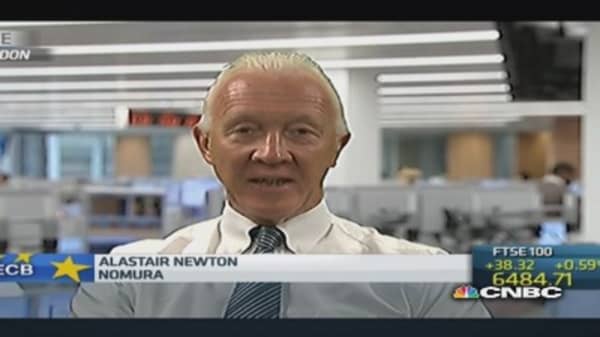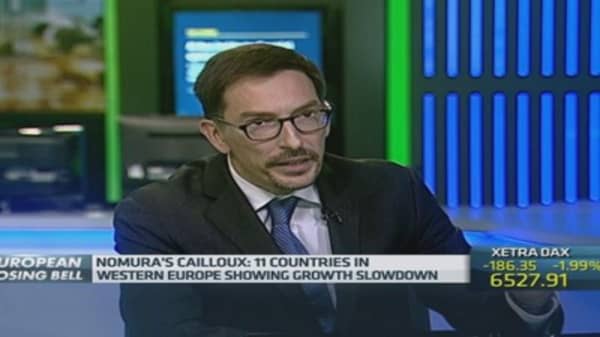Here is a bet based on the latest episode in a long-running policy dispute.
Last Thursday (October 2), the meeting of the governing council of the European Central Bank (ECB) in the splendors of the Capodimonte ("top of the hill") Palace in Naples, Italy, reaffirmed with overwhelming majority the zero (0.05 percent) interest rate policy and a program of security purchases that could expand the bank's balance sheet by an estimated €1 trillion.
Policy deliberations at this regal venue were greeted by some 2,000 protesters clashing with police and braving waves of teargas in a city (Naples) whose unemployment rate of 25 percent is exactly double Italy's average, and whose per capita economic output is more than 30 percent below that of the country as a whole.
True to form, Germany continued to strongly oppose this ECB policy. The German member of the ECB's governing council maintains that the euro area banks don't need virtually free loanable funds and security purchases that will, in his view, again lead to banks' mischief requiring bailouts with taxpayers' money. His position was supported by his Austrian colleague (16:2, in case you want to keep the score).
Read MoreAsia: Fear not the Fed, but do the homework
Who will win? Can Germany again bull its way through this one as it did with the widely condemned austerity policies? (Hint: if you look at the euro's exchange rate, you will see that markets have already voted.)






